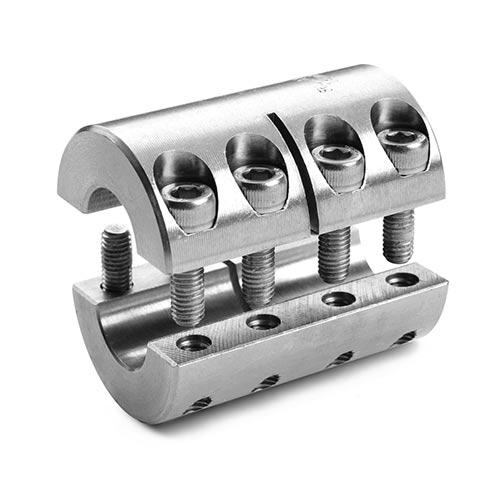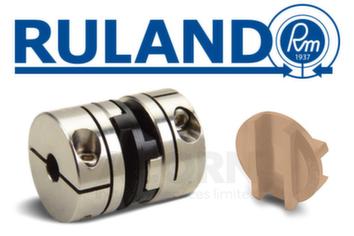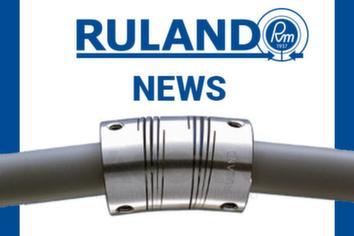Rigid couplings are mechanical components used to firmly connect two shafts, ensuring precise alignment and efficient torque transmission without any allowance for misalignment or movement between the shafts.

There are three types of rigid couplings: one-piece, two-piece and set screw. Each have different features and benefits, which make them ideal for different types of applications.
At ACORN industrial services, our offerings extending beyond just rigid couplings. We are committed to providing other couplings & drives products to meet your industrial needs:



A rigid coupling is a device used to connect two shafts together at their ends for the purpose of transmitting power. It provides a solid connection, ensuring precise alignment and torque transmission without any flexibility.
To install a rigid coupling, ensure both shafts are clean and aligned. Slide the coupling onto the shafts, aligning the keyways if applicable. Tighten the set screws or bolts securely to fix the coupling in place. Verify alignment and make any necessary adjustments before fully tightening.
The main difference between rigid and flexible couplings is their ability to accommodate misalignment. Rigid couplings provide a solid connection with no allowance for misalignment, while flexible couplings can accommodate some degree of misalignment and provide shock absorption.